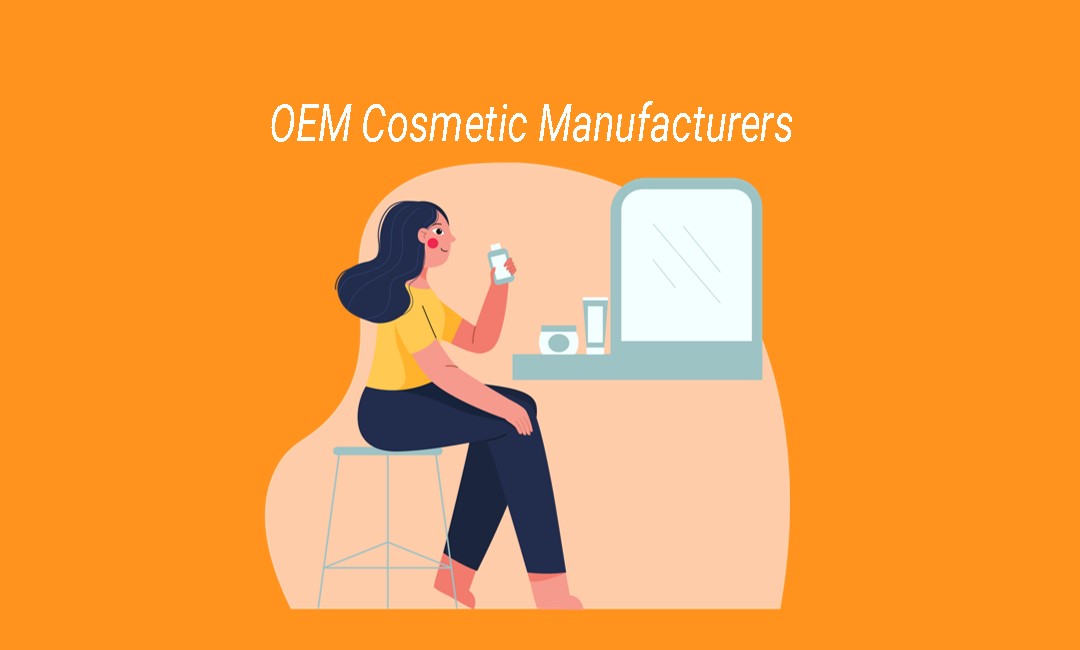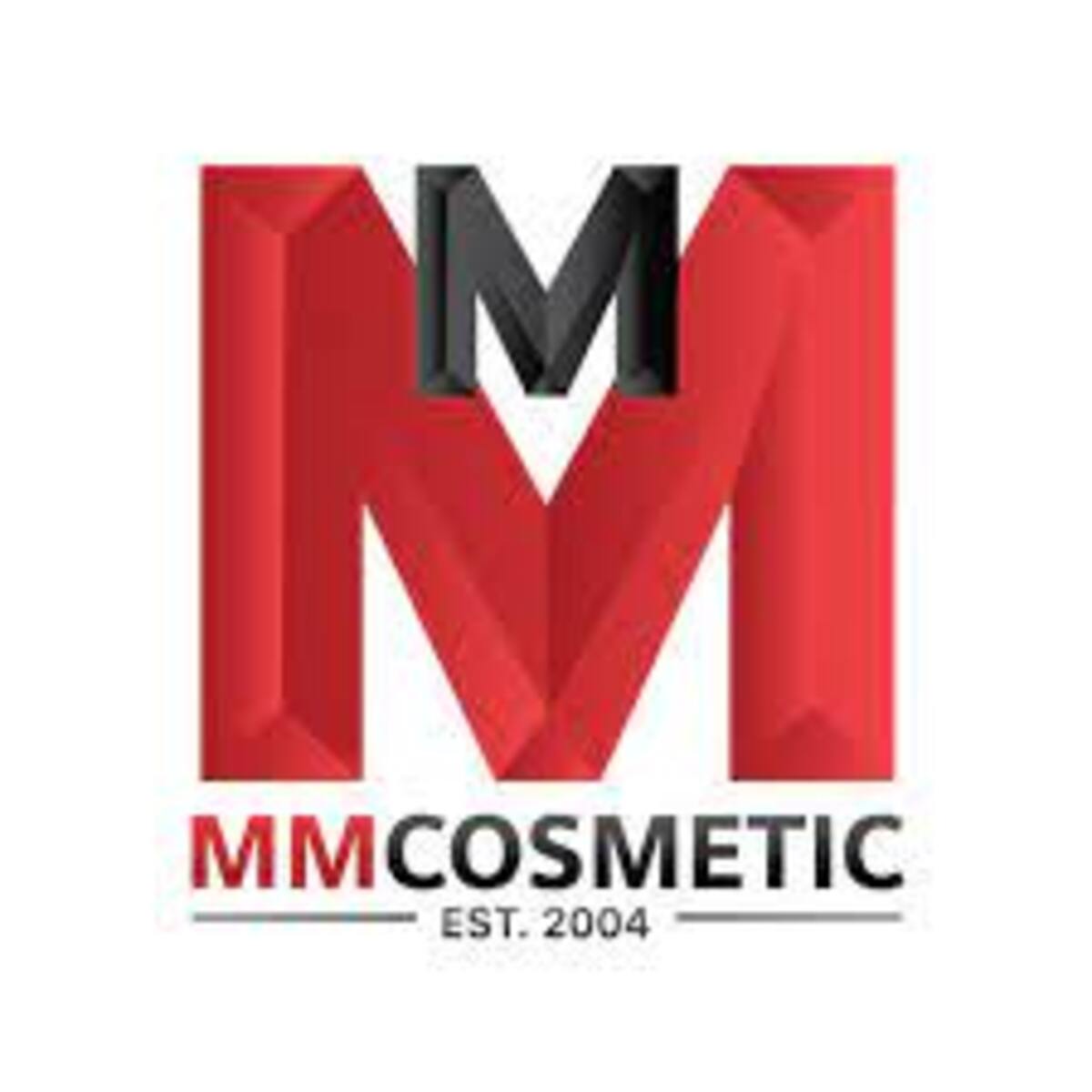Introduction
Behind every eye-catching lipstick shade, every rejuvenating skincare serum, and every luxurious foundation is a hidden giant: the OEM (Original Equipment Manufacturer) cosmetic manufacturer. While consumers might be familiar with household brand names, few realize the significant role OEMs play in bringing these products to shelves. Diving into the world of OEM cosmetic manufacturing, we uncover the intricacies of this industry and its undeniable contribution to the global beauty scene.
Functions of OEM Cosmetic Manufacturers
Custom Formulation: Every beauty product starts with a unique formula. OEMs work closely with brands to tailor-make formulations that align with the brand’s vision, target audience, and market trends. This could range from a hydrating lip gloss to an anti-aging cream infused with rare botanical extracts.
Bulk Production: Once the prototype is approved, the OEM undertakes the task of mass-producing it. Leveraging sophisticated machinery and production techniques, they ensure uniformity and consistency across large batches.
Packaging Solutions: An essential part of a product’s market appeal is its packaging. OEM cosmetic manufacturers offer end-to-end packaging services, encompassing design, material sourcing, and production, making sure the outer beauty matches the quality inside.
Quality Assurance and Testing: No product makes it to the market without passing rigorous quality checks. OEMs have in-house labs and quality control teams to ensure each item adheres to both industry standards and brand-specific requirements.
Regulatory Compliance and Documentation: With global markets in view, cosmetic products must comply with various regional regulations. OEMs assist brands in navigating this complex landscape, ensuring products are compliant, safe, and ready for international shelves.
Advantages of Collaborating with OEM Cosmetic Manufacturers
Cost Efficiency: By consolidating various stages of production and leveraging economies of scale, OEMs often offer a more cost-effective solution than in-house manufacturing.
Expertise and Innovation: With their finger on the pulse of the beauty industry, OEMs bring to the table years of experience and a deep understanding of both timeless and emerging trends.
Time-saving: Brands can focus on marketing, branding, and other core activities, while the OEM handles the intricate process of product development and manufacturing.
Flexibility: Whether it’s a small batch for a niche market or a large-scale global launch, OEMs offer flexibility in production quantities, catering to brands big and small.
Reduced Risk: Leveraging the OEM’s established infrastructure and expertise means fewer pitfalls and hurdles for brands, translating to smoother product launches and sustained market presence.
Conclusion
In the vast cosmos of the beauty industry, OEM cosmetic manufacturers are the unsung heroes, working tirelessly behind the scenes. Their expertise, infrastructure, and commitment to quality play a pivotal role in ensuring that consumers have access to safe, effective, and innovative products. As the beauty industry continues to grow and evolve, the symbiotic relationship between brands and their OEM partners will remain a cornerstone of this dynamic market.









